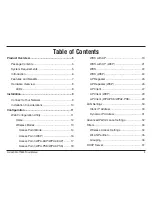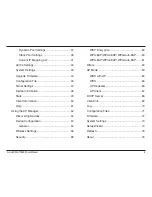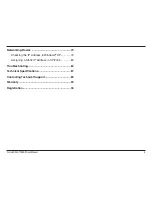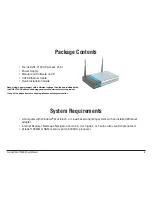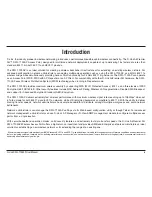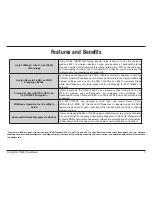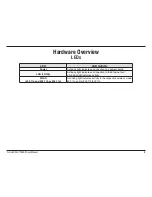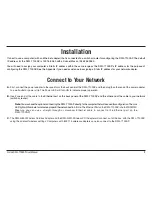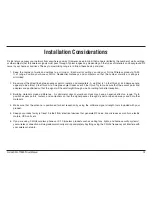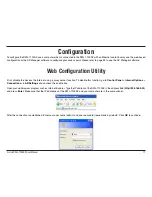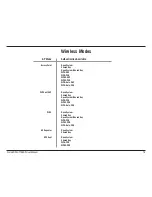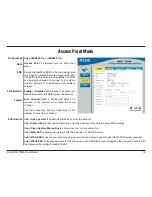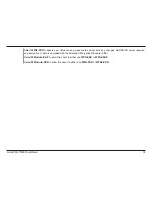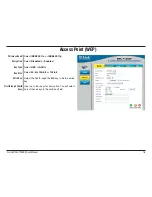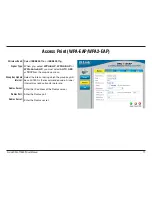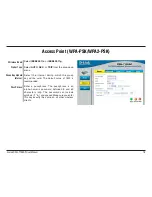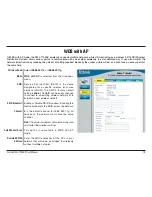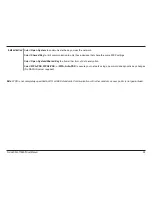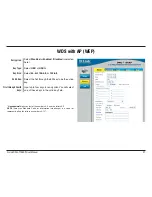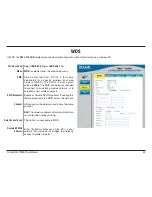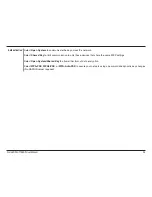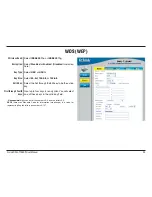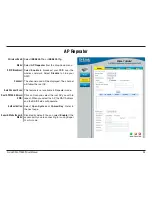
10
D-Link DWL-7100AP User Manual
Installation Considerations
D-Link lets you access your network from anywhere you want. However, keep in mind, that range is limited by the number of walls, ceilings,
or other objects that the wireless signals must pass through. Typical ranges vary depending on the types of materials and background RF
noise in your home or business. The key to maximizing range is to follow these basic principles:
1. Keep the number of walls and ceilings to a minimum - Each wall or ceiling can rob your D-Link Wireless product of 3-90
ft. of range. Position your Access Points, Residential Gateways, and computers so that the number of walls or ceilings is
minimized.
2. Be aware of the direct line between access points, routers, and computers - A wall that is 1.5 feet thick, at a 45 degree angle,
appears to be almost 3 feet thick. At a 2-degree angle it looks over 42 feet thick. Try to make sure that the access point and
adapters are positioned so that the signal will travel straight through a wall or ceiling for better reception.
3. Building materials make a difference - A solid metal door or aluminum studs may have a negative effect on range. Try to
position access points, routers, and computers so that the signal passes through drywall or open doorways and not other
materials.
4. Make sure that the antenna is positioned for best reception by using the software signal strength tools included with your
product.
5. Keep your product away (at least 3-6 feet) from electrical devices that generate RF noise, like microwaves, monitors, electric
motors, UPS units, etc.
6. If you are using 2.4GHz cordless phones or X-10 (wireless products such as ceiling fans, lights, and home security systems),
your wireless connection will degrade dramatically or drop completely. Anything using the 2.4Ghz frequency will interfere with
your wireless network.
Summary of Contents for DWL-7100AP
Page 1: ......


